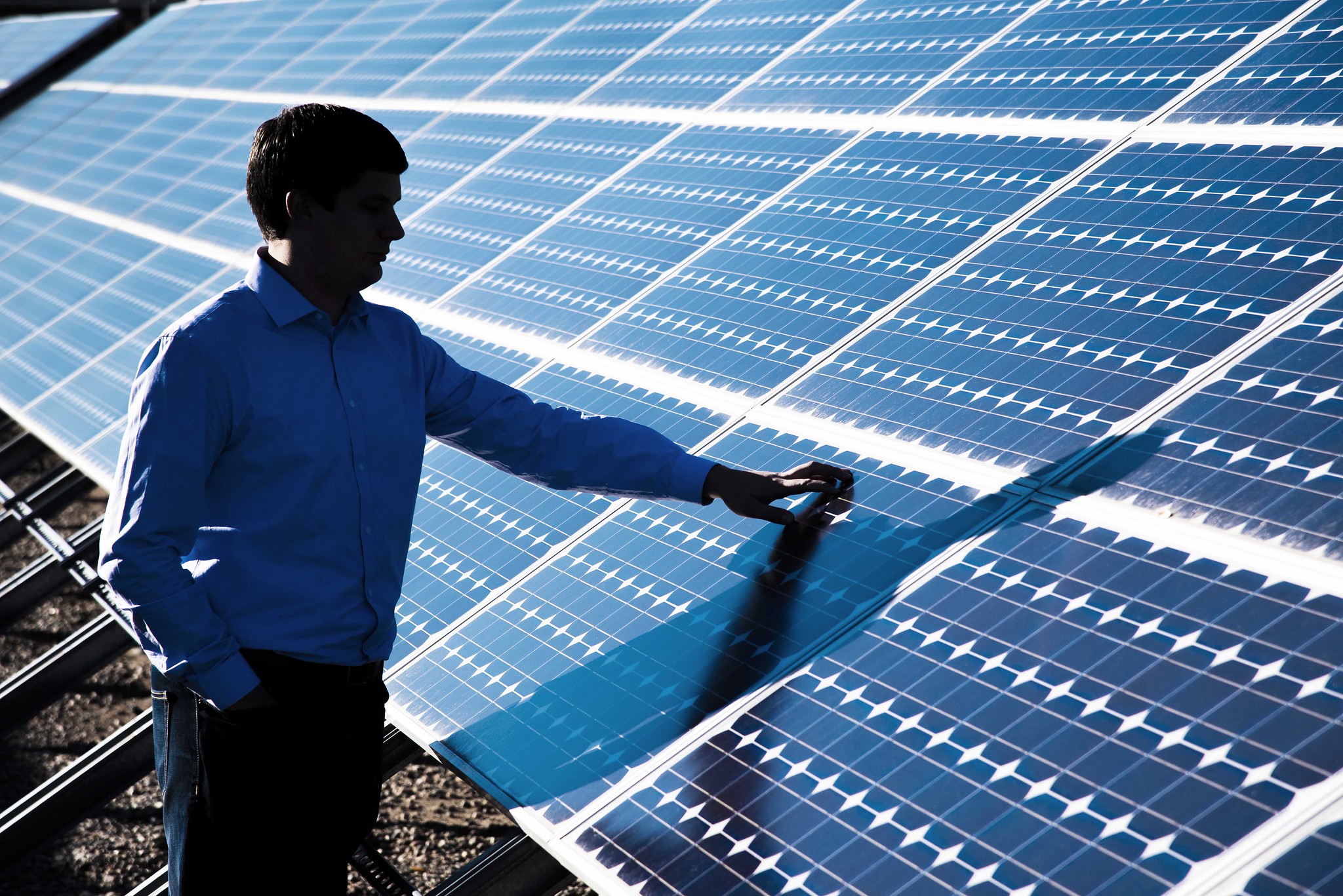Like many countries, Japan has to juggle the current reality of power supply with its net-zero goals. While there’s no going back to the primacy of fossil fuels, Japan is taking small steps to resolve immediate energy issues, while hoping for a lucky break in future “dream” technologies to meet its 2030 and 2050 reduction commitments.
Great challenges abound, however. For example, the expansion of renewable energy has resulted in transmission capacity bottlenecks, causing solar output curtailment. At the same time, moving to a system in which thermal power plays a supporting role to renewables throws up technical and economic issues.
In June, the government hopes to shed light on how those issues might be resolved by publishing a new Clean Energy Strategy. It will act as a roadmap for how to achieve the 46% carbon reduction from FY2013 levels Japan has promised, a vow based on a doubling of the renewables’ share and a halving of thermal capacity. The Strategy will need to rally the entire energy sector so that disparate actors learn to work together. Without that spirit of cooperation, Japan faces an unnecessary waste of time and resources, and the clinging on to short-term fixes, such as extending the life of half-century old thermal units to survive peak demand periods.

